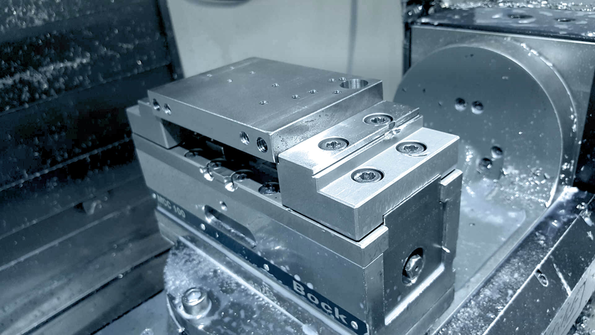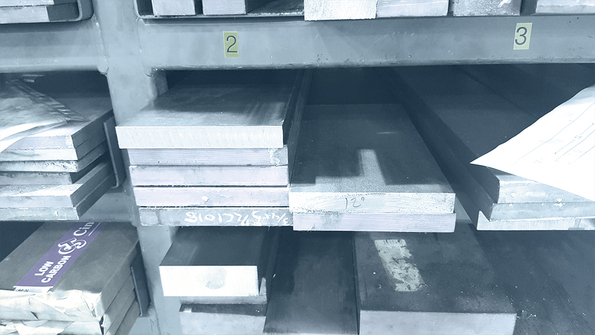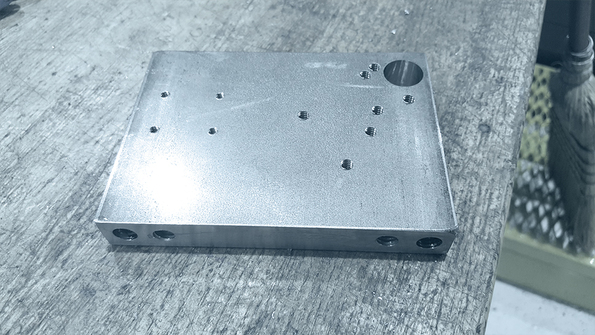Reducing downtime through automation
Interviewee: Craig Rollag, Production Supervisor
Tennant Company is one of the world’s largest suppliers of industrial cleaning equipment to industries ranging from automotive to retail. Today, they are recognized as a global leader in designing, manufacturing and marketing solutions to create a cleaner, safer and healthier world. One surefire factor in their ascent was the ability to identify and implement the necessary technology into their process chain. This was never more evident than the automated tooling process envisioned by Production Supervisor Craig Rollag and brought to fruition with the help of Tebis CAD/CAM software.
Company
Tennant Company
Location
Minneapolis, United States
Focus
Leveraging Tebis feature recognition
Benefits:
- Significant reduction in time spent programming
- Eliminating machine downtime
- Sector:
Sector
Consumer products
Component manufacturing
Machinery and equipment
Published
2017

“With our previous software we had four programming seats to support four machines. With Tebis we have gotten that down to one seat and the machines can’t keep up with what we are programming.”

Tennant Company's tooling is produced in-house and consists primarily of weld fixtures containing anywhere from one to fifty components. The tooling operation is high-mix/low-volume to the extreme, meaning each component is run only one or two times before moving onto the next in line. These components contain a large number of holes, totaling thousands of holes each month that require machining. This high-mix approach calls for a CAM software that can output multiple complex programs in a short period of time – enter Tebis.

The issue Tennant Company kept running into was machine down time. At one point, 40% of run-time was spent cutting air! As Craig dove deeper into what drives Tebis, he pictured a streamlined process that would all but eliminate this bottleneck. How? By automating the programming process through Tebis feature recognition.

Tebis can automatically identify holes, pockets, etc. based on size or color and assign pre-defined process steps downstream in the software. Once a component is scanned the software begins to populate a corresponding program based on what the scan reads. The cycle time for each tooling component was consistently around 30 minutes. The process of scanning a component and developing a program in Tebis takes about two to three minutes. Compare the two and it is easy to see how the issue of machine down time was eradicated. As Craig stated, “With our previous software we had four programming seats to support four machines. With Tebis we have gotten that down to one seat and the machines can’t keep up with what we are programming.” Furthermore, “This was all done within a year of making the switch to Tebis.”
The switch to Tebis did not come without resistance. Change can seem overwhelming in a shop environment where every minute is crucial to profits. Roy Knafla, one of the Tennant Company's CNC programmers, had spent the previous 20 years of his career using a competitor’s software. When asked how the adjustment to Tebis was, Roy claimed, “There is no question Tebis is an advanced software, once you get your head in it and understand how it operates, you will never go back.”


